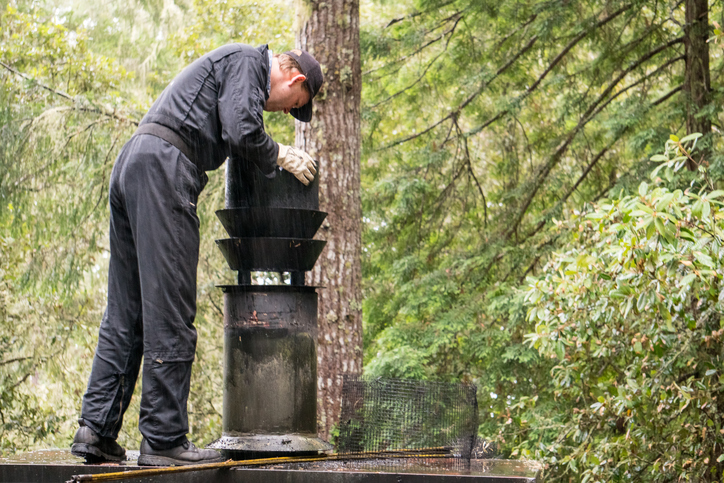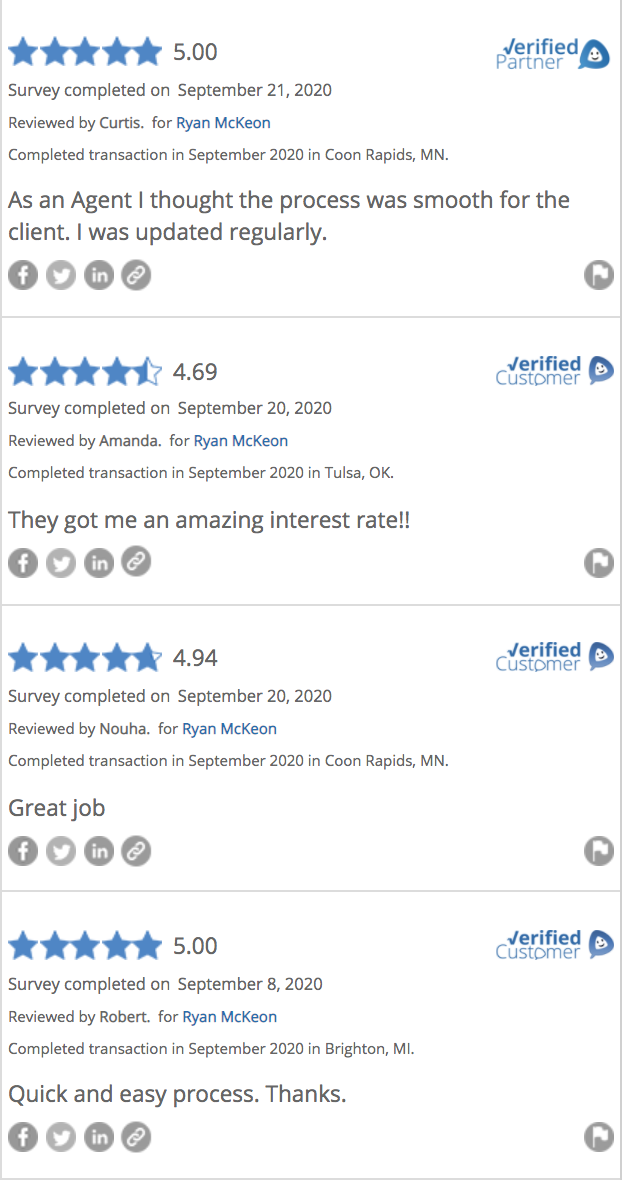If you’re in the process of buying a home, you likely experienced a home inspection. Home inspections occur to protect both buyer and seller. Buyers want to know they are making a sound investment and a thorough home inspection can provide assurance. For sellers, an inspection verifies the condition of the home at the time of sale, which makes it difficult for a buyer to hold a seller responsible once the sale is closed.
Knowing what to expect from an inspection is equally as important as the inspection itself. No home is perfect, and even recently constructed homes have flaws. Buyers and sellers should be prepared to see some recommended repairs on the report. The inspection process will document which flaws are normal, and which defects are possible issues in the future.
Below are five areas, if noted on a home inspection report, you may want to do further investigation of the issues before continuing with the deal.
Proper Drainage/Grading
When a home is built, the lot should be graded to allow water to drain away from the home and off the property. If water doesn’t drain as it should, standing water near the foundation is likely. This can cause several problems ranging from rotting a wood frame to the shifting or cracking a home’s foundation over time. A good inspector will notice possible signs of foundation movement. If this is noted on a home inspection, understand that repairs will be costly.
Roofing
A roof ages along with the rest of the dwelling. The effects of aging vary depending upon the material that was used during construction. If a home inspection notes any signs of aging such as cupping, curling, blistering, lifting, splitting, insect damage, cracking, rotting, or missing granular or whole sections, these are warning signs of future water intrusion unless a new roof is installed. Having a new roof installed can be quite costly.
Electrical Wiring
Defective electrical wiring is one common cause of residential fires. Take note of the number of electrical outlets present in a home. Too few outlets can lead to the overuse of extension cords which strains the electrical system. You should also be wary of exposed wires. Typically, this is most often seen after a homeowner has taken on a home improvement project in their basement, garage, or attic. A licensed professional should be called to remedy the issue, if any wires are exposed.
Plumbing
When a home has effective plumbing, the entire system is virtually invisible. However, when faulty plumbing is present, the problems can be substantial. Because plumbing is hidden behind the walls or under the structure, it can be difficult to spot a problem. However, the most commonly found issues are pipe leaks or outdated systems. Even the smallest of leaks can lead to serious water damage over time. A second-story bathroom or utility room with even a tiny leak can lead to serious and expensive damage below. If the whole system is outdated, certain repairs can be made to replace portions of old materials, but sometimes the entire system must be replaced. Re-plumbing an entire home can run into the tens of thousands of dollars.
Furnace and A/C
A good inspector will point out and read the HVAC maintenance sticker. If it’s had many service calls in a short interval or if the system itself is old and greasy, that’s a bad sign and you should expect to replace it. Also, be aware of the lifespan of furnaces and air conditioning units. Mid and high-efficiency furnaces last about 15 years, and individual A/C units last about five to seven years. Look at the sticker and then calculate how long until you have to replace each unit.
Set aside at least an afternoon if not then whole day to accompany the inspector through the process. You’re about to spend $200 or more on a home inspection, it’s wise to be prepared; listen, observe, ands take notes. Do this and you’ll be able to ask the right questions and get the answers you need to determine if the property is a sensible investment.





